Getting Started With Adobe Premiere Pro
Opening up an NLE (Non-Linear Editing) system for the first time can be a bit daunting but it doesn’t need to be. We’re going to break ‘Getting Started with Premiere Pro’ down step-by-step so that you can start editing as soon as possible.
Note: We will be using Adobe Premiere Pro 2017.1 v11.0 on a Mac computer for this tutorial.
Let’s dive straight in!
Operating Systems
Whether you’re on a Windows or Mac PC these steps should follow the same course of action.
Start by opening the Adobe Premiere Pro application. You should be presented with a splash screen similar to this:
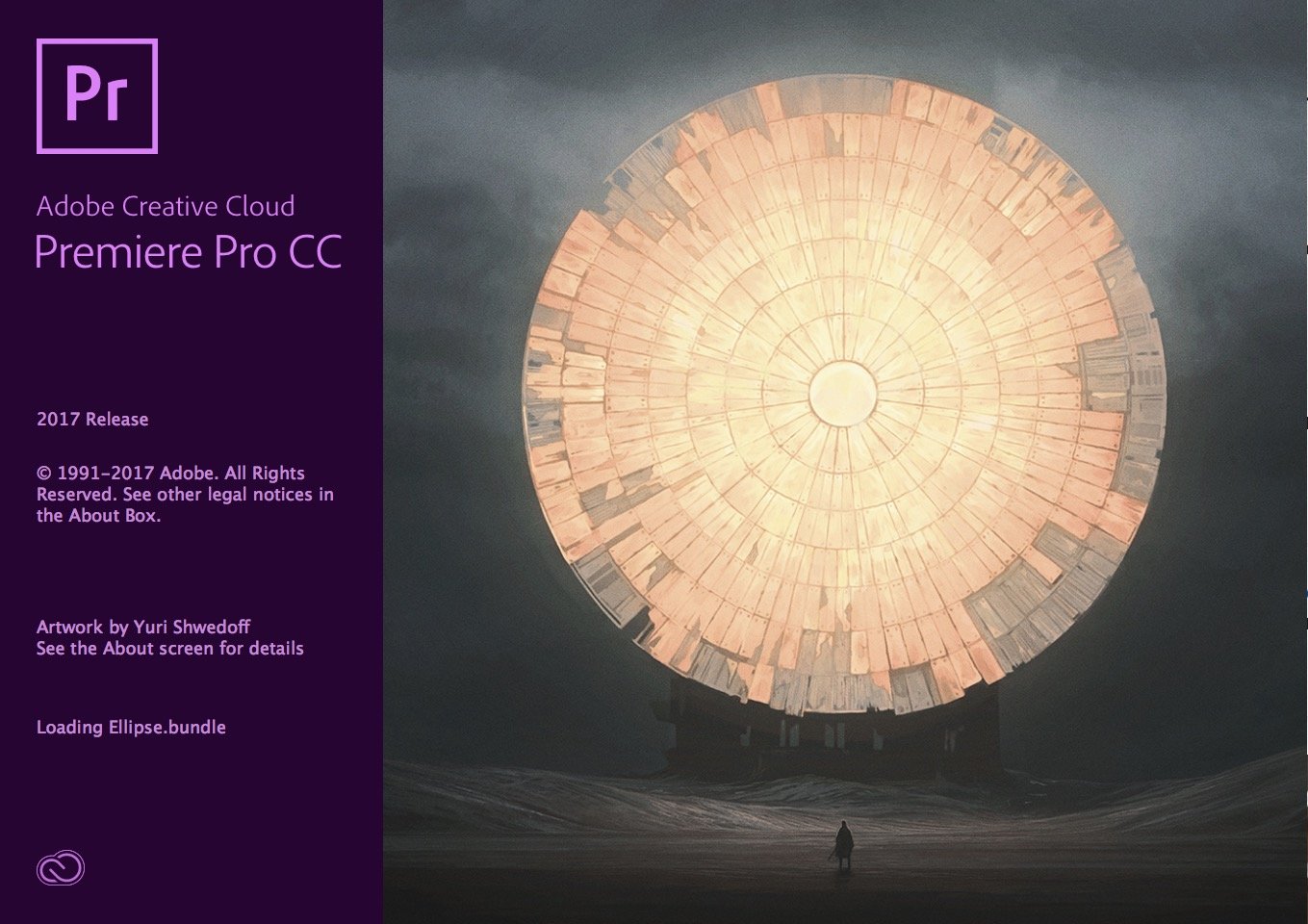
Once the application has loaded the necessary bundles and caches you will be presented with a start page:
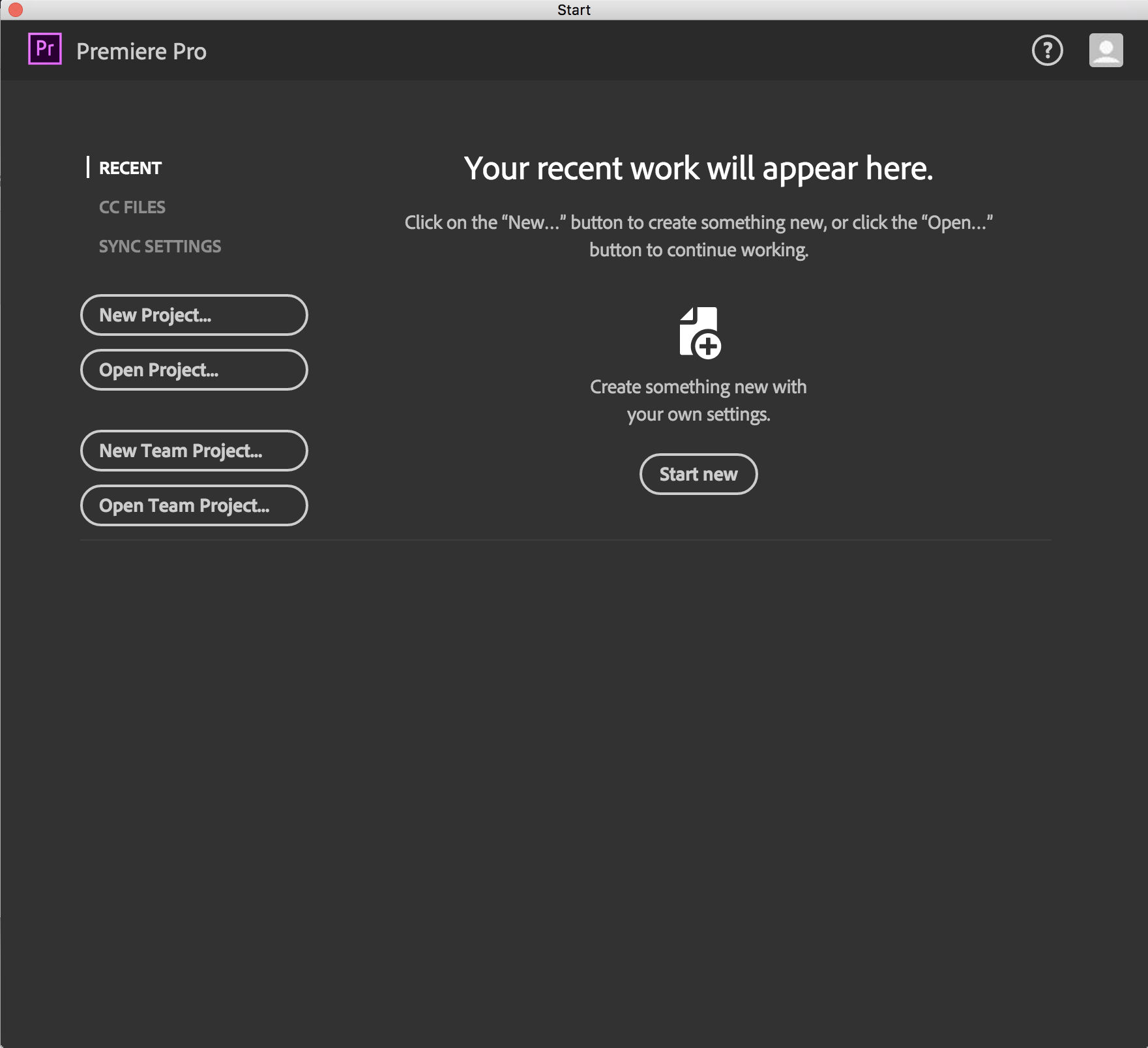
From here you can choose to start a new project, open an existing project. There is also team project options here but we’ll get to those another time.
Go ahead and choose ‘New Project’ from the start panel. You should see a screen similar to this:
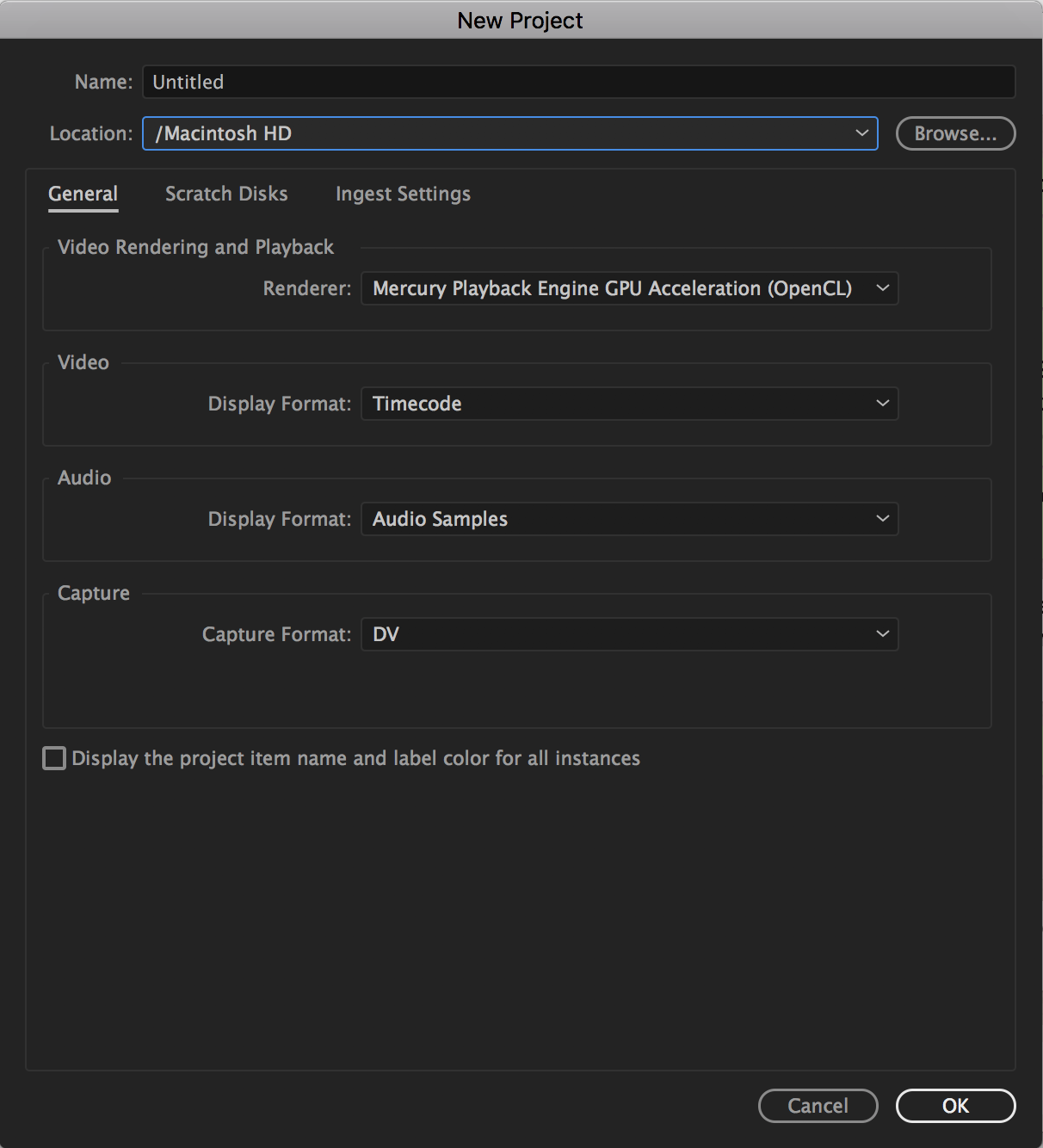
On this screen there are a few more options for you to choose to set up your project.
You should name your project and choose the location of where you would like to store the project file. Also note that this is where Premiere Pro will also store your autosaves and preview files. So make it somewhere you will remember and have access to. (You can change the location of settings such as autosave and preview files in the ‘Scratch Disks’ tab on this screen or in your application preferences afterwards.)
Unless you have specific settings for your timeline and footage you can leave the ‘General’ tab as it is. Though you may want to change your renderer setting depending on your systems hardware configuration:
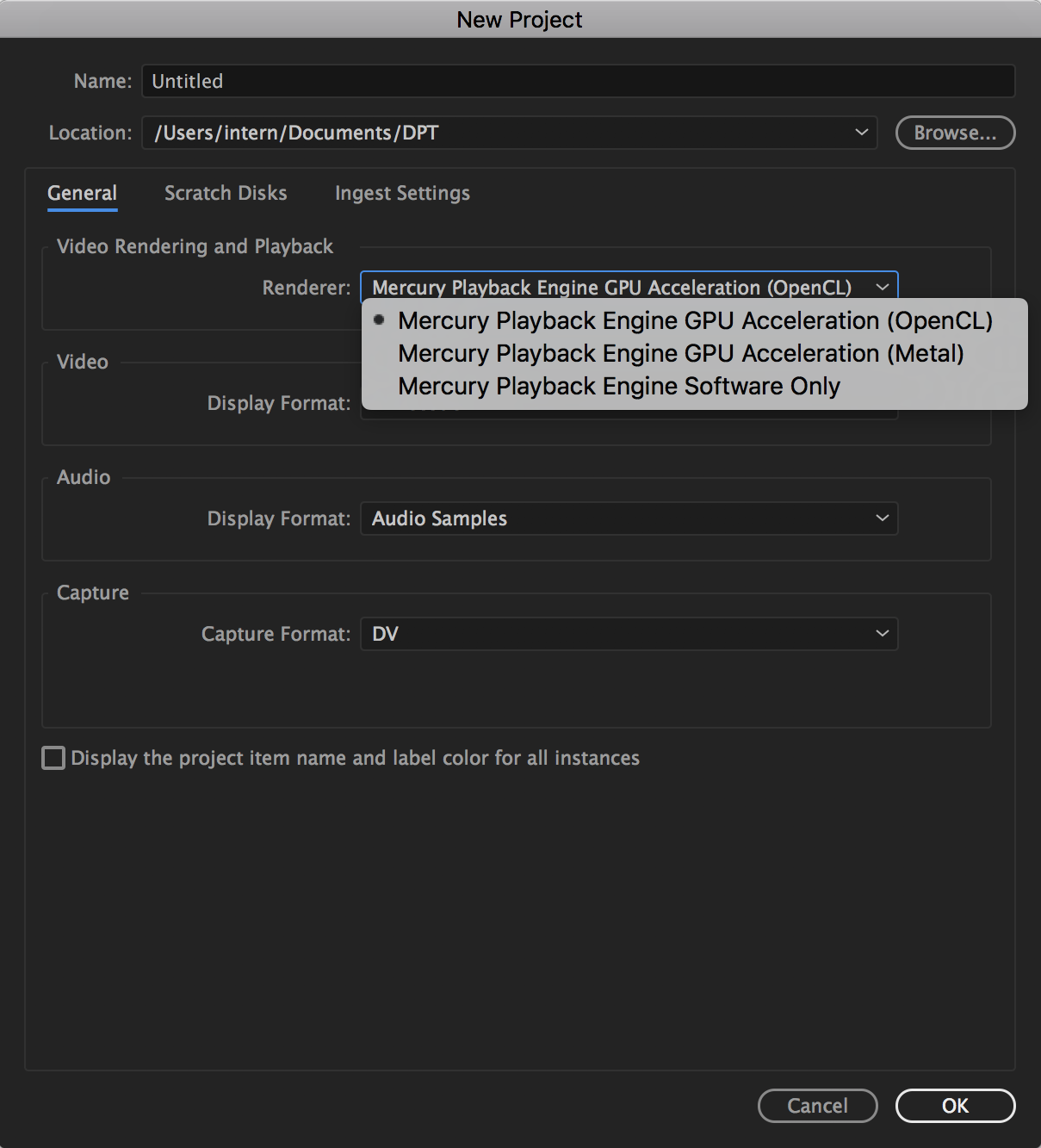
The options available to you here will differ depending on your system. We would suggest for you to use the ‘Mercury Playback Engine GPU Acceleration’ options available to you as they will utilise your GPU over your CPU. That should therefore lead to a better, smoother and faster editing experience and also not slow the rest of your system down due to Premiere Pro using vital CPU memory.
The only other tab you may need to look at here is the ‘Ingest Settings’ tab:

This will depend on whether or not you are looking to copy media from another location for Premiere Pro to index or if you are looking to create proxies:

Proxies can (and for older systems, should) be used when working with HD 1080, UHD, 4K or 8K footage. Adobe will create smaller resolution files for you to work with in the timeline and then when you are ready to export the final media it will use the full resolution footage to create the export.
Are you still with us?
Great! Let’s take a look at the main workspace panel.
Getting Familiar With The Workspace
Once you clicked ‘OK’ on the previous panel Premiere Pro will start up the editing workspace for you to start creating your timeline. It will look like this:

You can configure these windows however you like them but for now let’s leave them as is.
The ‘Source Monitor’ is on the top left of screen. Here you preview your footage to make selects before adding them to the timeline.
The right hand side monitor is the ‘Program Monitor’, this is a real time view of where your cursor is in the timeline and is your main playback monitor for your edit.
Just below that is your timeline where you will create your edit.
And in the bottom left is a pane with multiple tabs for your footage files and effects.
How do I get my footage into my project? Good question.
Depending on whether or not you ingested your footage at the start panel will determine whether or not your footage is already in your project or not. Let’s assume not and even if you did you may still want to add media this way in the future.
Organisation Of Your Project Starts At The Beginning
Before we get to your footage we need to create some bins (folders within Premiere Pro to organise with).
As any good Editor will tell you; organisation is everything.
Bins help you keep your project tidy. They help you organise old versions from the new. They also help anyone who may be using your project before or after you to get a handle on where the important files are located.
With that in mind let’s head on over to the top of screen and choose File – New – Bin:

Note: Now is the perfect time to start learning all-important hotkeys. You can press CTRL+B on Windows or CMD+B on Mac to create a new bin from anywhere in the workspace.
A new bin will be created in the projects panel on the bottom left:

You can then name the bins to reflect the media that will be going in them. We categorise ours like this:

Importing Footage
As a rule of thumb it is best to read and write media in separate locations. And reading media from the fastest source available to you.
So in practice, if you have and SSD you should use that as your scratch disk/where you import your footage from and where Premiere Pro looks for your footage when you open the project. You should then choose another storage medium (if you have one available) to export your edit when finished.
This will result in smoother editing experiences and faster export times.
To begin importing footage head up to File-Import or use the hotkey CTRL+I on windows/CMD+I on Mac:
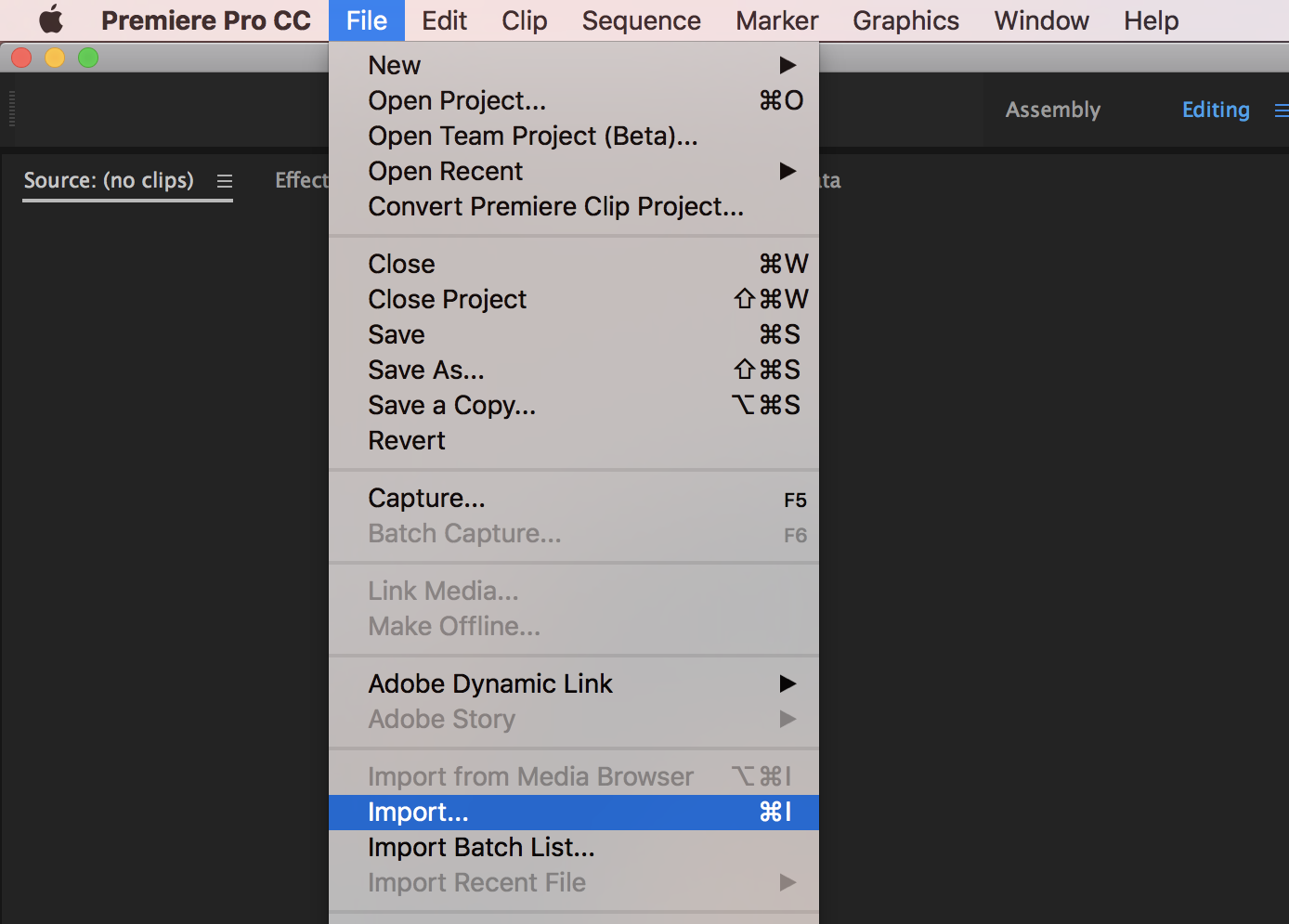
From here you will be presented with an Explorer/Finder windows for you to navigate to your footage:

Go ahead and choose your footage and click ‘Import’.
The files should now be in your bins in the Project pane.
Getting A Timeline
We’re almost there!
You can now get a timeline and start editing.
Head on up to File – New – Sequence or use the hotkey CTRL+N/CMD+N:

After this you will be presented with the new sequence settings pane:
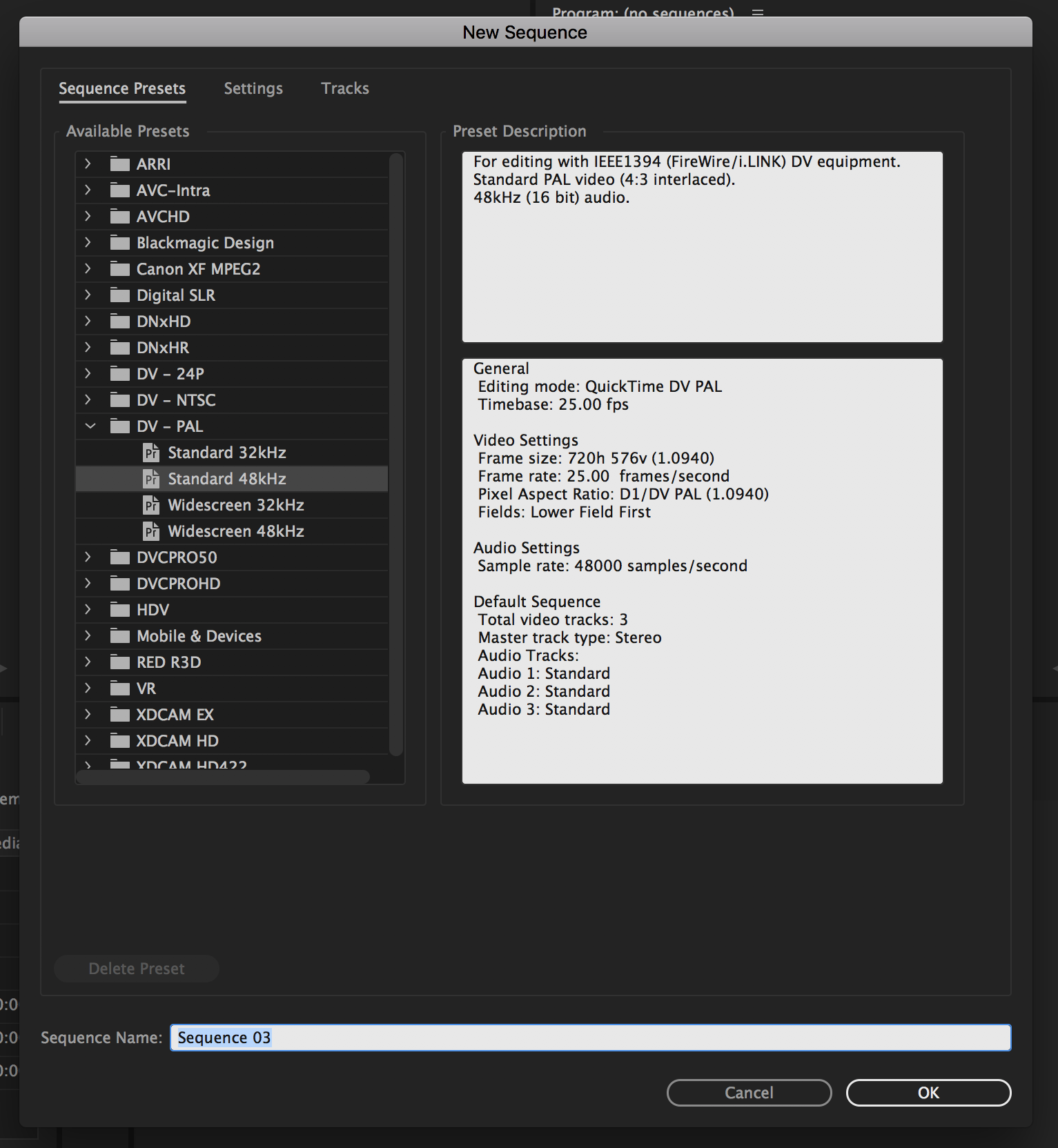
You can choose from a list of sequence settings that may already fit your footage format, frame rate, resolution etc or you can use a custom setup by clicking the ‘Settings’ tab:

If you don’t know what you’re media type is you can open up your media in a media player and generally hit CTRL+I/CMD+I to find out critical information about your footage. You can also use the metadata information columns in the project pane and scroll along to find out the information there before creating a sequence.
Click ‘OK’ and your new timeline will appear.
You can now double click on a clip to open it in the source monitor and make selects by using the ‘In’ and ‘Out’ buttons or by pressing ‘i’ or ‘o’.
You can then drag that clip from the monitor to the timeline to commit it to the timeline or press ‘,’ to perform an insert edit (pushes the clips in front of it along) or ‘.’ for an overwrite edit (replaces the media that was in it’s place on the timeline).
And that’s it, you are ready to start assembling your edit.
If this tutorial helped you then please remember to subscribe to our social channels for other articles and tutorials that can assist you on your Digital Production journey.
By Andrew Edmondson
DigiProTips


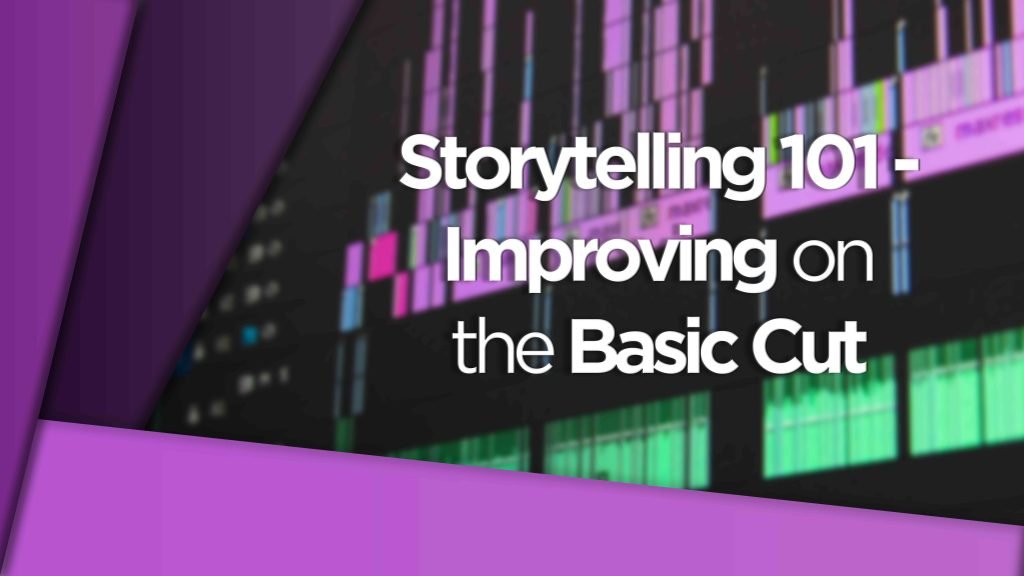

Thanks for the wonderful blogpost I love to read your posts